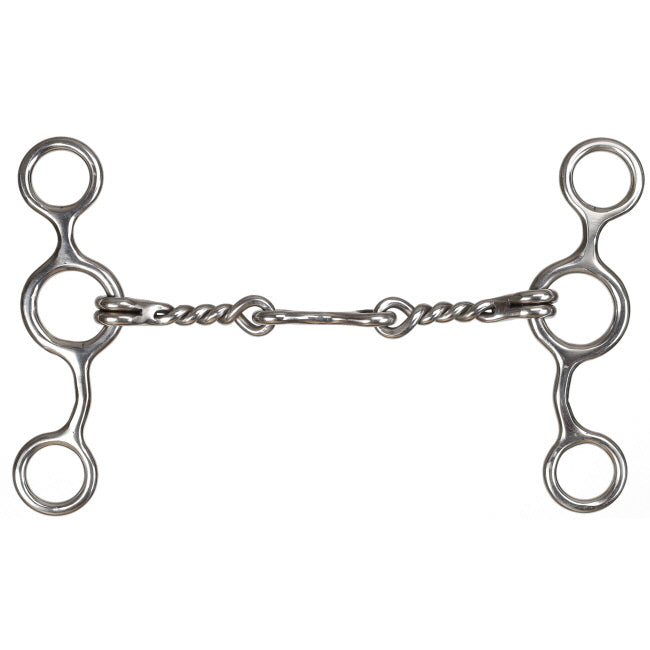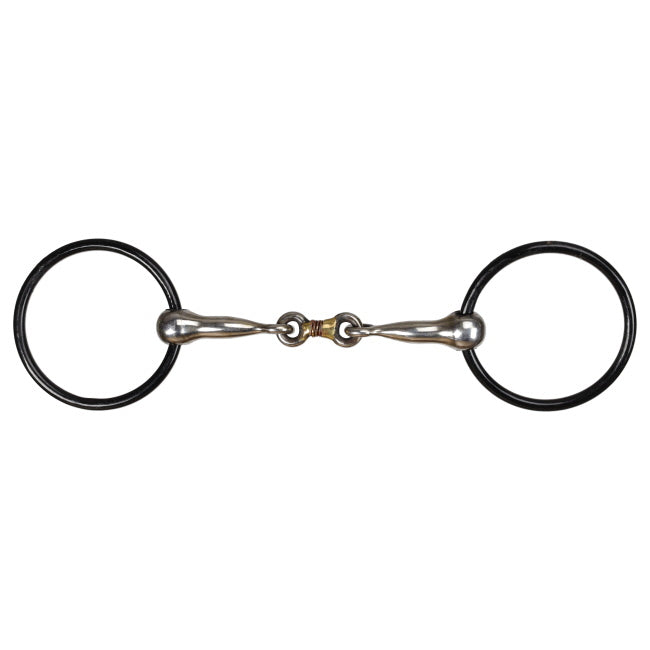With winter weather coming quickly, it’s time to consider your hay storage. In most areas, barns have already purchased their hay for the winter months. Hay is an excellent way to provide forage and nutrients to your horse when the grass is unavailable, but there are some tricks to keeping it fresh and safe during the winter.
Store Hay Inside, when Possible
Storing hay inside takes up a lot of room in your barn but is worth it from a nutrient perspective. Uncovered hay stored on the ground can lose up to 20% of its nutrients. Storing hay off the ground and keeping it covered is the best way to preserve it over winter.
 When storing hay inside isn’t an option, provide some type of covering to help preserve it and keep it dry. It’s essential to keep the bales off the ground, as well. This lets moisture dissipate. As you pick your location, look for elevated areas away from trees. This will help the hay dry out after rain or snow. We recommend not stacking bales if they aren’t covered for the same reason.
When storing hay inside isn’t an option, provide some type of covering to help preserve it and keep it dry. It’s essential to keep the bales off the ground, as well. This lets moisture dissipate. As you pick your location, look for elevated areas away from trees. This will help the hay dry out after rain or snow. We recommend not stacking bales if they aren’t covered for the same reason.
Proper Ventilation
If you are storing your hay inside a barn or loft, ensure it has good ventilation. Stack your hay bales to allow airflow between them instead of packing them in as tightly as possible. We recommend 3-4 feet between rows, if possible. Additional ventilation can be provided with vents, especially in lofts. Good ventilation is most important in the first month after the hay is baled to help eliminate any moisture from the hay.
Round Bale Considerations
Some horse owners prefer round bales for smaller herds living outside during the winter. Round bales are generally left out on the ground and unprotected from the elements. The outside layer of a round bale will lose quality, but the interior is usually the same as the hay stored inside.
Proper Baling
Check the hay's moisture if you are getting your hay straight from the farmer or off the hay wagon. Place your hand down into the bale and feel dampness with your palm. Excess moisture or baling wet hay can cause the hay to heat up, potentially resulting in fire. If you end up with damp hay, cut the baling twine, open the bales, and let the hay dry out before putting it in your barn.
Another thing to check when picking up your hay is bale density. The right bale density will prevent the hay from retaining moisture. An easy way to check for bale density is to press your hand on the outside. If your hand goes into the bale more than ½ inch, the bale is too loose and should be stored inside to prevent nutrient losses.
Safety
We talked about keeping moisture away from your hay. One of the biggest reasons is wet hay can quickly become a fire hazard. Another equally important reason is the safety of your horse. Consuming moldy hay can easily result in a colic episode with many horses. Preventing moisture and the resulting mold is a simple way to prevent colic from hay.







